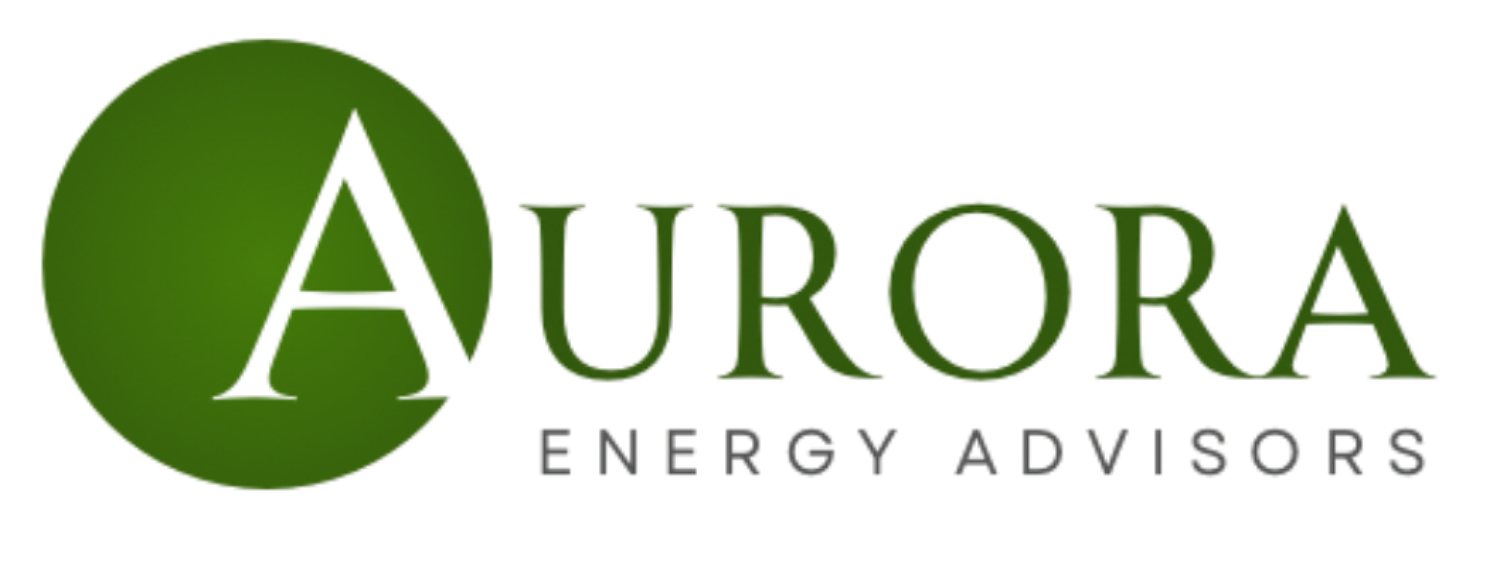LL97 Measurement FAQ
Local Law 97 (“LL97”) is in full swing, and the NYC real estate world is giving the law the substantial amount of attention it deserves. As the trusted energy advisor for our clients, we are having many conversations guiding clients through their buildings’ unique compliance pathways. Naturally, the most common questions we hear are about one of the most critical first steps – Gross Floor Area (“GFA”) measurements to the letter of the LL97 law. A professional measurement will provide your building with the ability to calculate its exact carbon allowance and allow you to develop a compliance plan for the next few decades.
Many of our clients’ questions address who should perform the measurements. Here are some FAQs to help understand why not all firms are created equally and why buildings should choose one with expertise in LL97. With nearly half the calendar year in the books, a GFA measurement is the best low-cost and “bang for your buck” option to reduce 2024 fine potential, more so than any energy conservation measure.
Q1: Can I use any surveyor, architect, or engineer to measure my building for LL97 purposes?
Technically, yes, though some firms’ GFA reports will be more valuable than others. LL97 is very complicated. It defines a building’s square footage uniquely and has dozens of distinctive space types which receive different carbon allowance allocations. Engineering firms with an expertise in LL97 will understand how to maximize your GFA and carbon allowance, thereby minimizing fine potential. A surveyor or unknowledgeable professional will not.
Additionally, this GFA will be the basis of an annual LL97 submission to be certified by a Registered Design Professional (“RDP”), which is an NYC-licensed engineer without an affiliation with the property. Because the city is relying on the RDPs for data integrity, the law incorporates steep penalties against the RDP for submitting false data – a fine up to $500,000 and potential jail time. DOB guidelines for certification have not been released yet, so these RDPs may ultimately decide or change their requirements for what GFA they are comfortable certifying once DOB guidelines are made public. Many of these RDPs have the expertise to complete GFA reports as well.
Lastly, our view on this could change after the DOB releases certification guidelines, but it is still unclear whether there will be ramifications for changing your reported GFA in future years. If your GFA changes from year-to-year, it could flag your building’s submission for inaccurate data for the then-current year or prior years. Due to this uncertainty, it is best to measure before the first certification for 2024 and lock in the most favorable GFA in perpetuity.
Q2: Is a larger square footage the only way a professional measurement can increase my building’s carbon allowance and reduce fine potential?
No. LL97 has about 60 unique space types, each with their own carbon allowance. Engineering firms with LL97 expertise can identify the proper space type and maximize carbon allowance, if applicable.
One of Aurora’s clients recently completed their GFA measurement, resulting in only a one percent increase in size. However, previously unreported or incorrectly classified non-residential space types were broken down into the proper categories. Despite a marginal change in size, the building’s emissions fluctuated from 30 percent above its 2024–2029 allowance to 5 percent below. Tens of thousands of dollars of fines were avoided with a relatively inexpensive GFA study.
Q3: How can a measurement by a firm with LL97 expertise also impact my LL95 letter grade?
Maximizing size and space types improves a building’s efficiency metrics, which is also the basis for the letter grade, meaning a more favorable measurement may improve your letter grade too. Additionally, it is possible that the proper allocation of space types makes the building ineligible for a grade. For example, under the current scoring rubric, buildings with less than 5,000 SF of retail, less than 5,000 SF of medical office, or less than 1,000 SF of office are not eligible. An official ruling on how letter grading will be handled as year one LL97 comes into effect has yet to be issued. As long as the existing system is the basis for compliance, many professionally measured properties will fall outside of LL95.
Market Analysis
Electricity
In the past month, NYISO Zone J saw prices sit between $0.02 to $0.03 per kWh, aided by remarkably low natural gas rates, the primary input in the state's electricity generation infrastructure. The mild winter transitioned into a warm April, with temperatures often hitting 70+ degrees in March and April. Temperatures have leveled off to historical norms heading into May, but should this unseasonable warmth persist into spring, demand for electricity for cooling purposes in buildings may escalate prematurely, potentially impacting pricing conditions.
Natural Gas
NYMEX remained historically cheap in April, sitting in the mid-$1 range, piggybacking off March’s 4-year low. On the supply-demand side, neutral to warm weather forecasts were offset by maintenance-induced production declines and strong LNG export demand. Total working gas in storage is 22% above this time last year and 37% above the five-year average. This should keep pricing at bay for the foreseeable future.
Crude Oil
Crude oil futures fluctuated in April but ultimately ended the month where it started, right around $83 a barrel. Earlier in the month, futures jumped to $87 as geopolitical tensions between Israel and Iran raised concerns for a decline in OPEC production. However, the market later dismissed the risk of a wider war that could disrupt supply, sending prices back down.
💡 Mitchell’s Tip: Get your GFA measured before the 2024 certification cycle begins.
